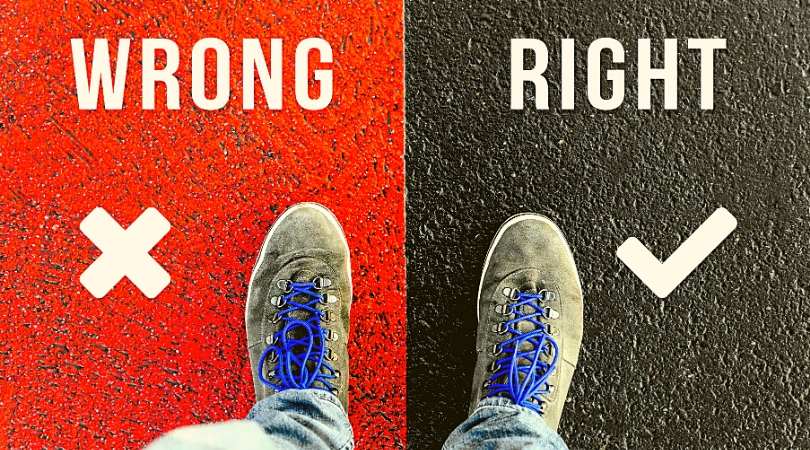A four-year-old child’s ability to draw can be used to predict how intelligent they will be 10 years later, scientists claim.
Parents might giggle about their offspring’s scrawled artworks bought home from school or nursery but their creative efforts may have a serious meaning, the research suggests.
The quality of the pictures is linked to genetic make-up that is also associated with intelligence, the study by Kings College London found.
Children who produced the best drawings often scored well in verbal and non-verbal intelligence tests carried out at the time, aged four, but also a decade later when they were 14.
However, the researchers insisted parents of children who lack artistic skills should not panic as drawing ability does not determine intelligence, which is affected by a huge range of factors.
With the help of parents, psychologists got 15,504 children aged four to take part in a “draw-a-child” test, rating each picture with a score of zero to 12.
Artworks were judged on the presence and correct quantity of features such as the head, eyes, nose, mouth, ears, hair, body and arms.
The study, published in Psychological Science, recorded a “moderate” association between higher scores and intelligence test results both at the age of four and 14.
Dr Rosalind Arden, lead author of the paper from the MRC Social, Genetic and Developmental Psychiatry Centre at the Institute of Psychiatry at King’s College London, said: “The Draw-a-Child test was devised in the 1920’s to assess children’s intelligence, so the fact that the test correlated with intelligence at age four was expected. What surprised us was that it correlated with intelligence a decade later.
“The correlation is moderate, so our findings are interesting, but it does not mean that parents should worry if their child draws badly.
“Drawing ability does not determine intelligence, there are countless factors, both genetic and environmental, which affect intelligence in later life.”
The researchers found the link was influenced by genes, after comparing the results of identical twins, whose genetic code is identical, and non-identical twins who share half their DNA.
Identical twins aged four produced drawings and test scores more similar to one another than non-identical twins.
“The finding that greater accuracy in children’s figure drawing is associated genetically with higher intelligence a decade later is thought provoking and demonstrates that the study of art and the study of science have much to offer each other,” the authors wrote.
“Evolutionary selection on drawing ability may have been an important precursor to writing, which transformed humans’ capacity to store information externally, and promoted the capacity to build a civilization.”
But the team do not believe their findings point to the existence of a “drawing gene”.
Dr Arden added: “A child’s ability to draw stems from many other abilities, such as observing, holding a pencil etc. We are a long way off understanding how genes influence all these different types of behaviour.”
When scoring the children’s pictures, a point was awarded for each correctly presented physical feature, so drawing of a figure with two legs rather than four would receive one point for legs. Any clothing also scored a point.
The rating system ignored features such as overall size, proportion, “charm” and “expressed emotion”.
Drawings varied greatly between the children, ranging from disorganised scribbles that scored zero, to pictures depicting recognisable faces, bodies and limbs worth 10 points.
Dr Arden said: “Drawing is an ancient behaviour, dating back beyond 15,000 years ago. Through drawing, we are attempting to show someone else what’s in our mind.
“This capacity to reproduce figures is a uniquely human ability and a sign of cognitive ability, in a similar way to writing, which transformed the human species’ ability to store information, and build a civilisation.”
In their paper, the scientists said it was not known whether children who did well in the drawing test were likely to develop a sustained interest in art.
They wrote: “This study does not explain artistic talent; the scores only quantify accuracy of attributes, such as the number of limbs, in the drawing. But our results do show that whatever conflicting theories adults have about the value of verisimilitude in early figure drawing, children who express it to a greater extent are somewhat brighter than those who do not.”
Article from The Telegraph


